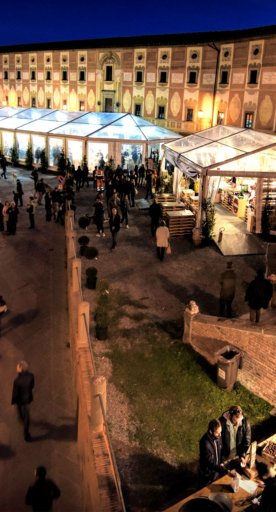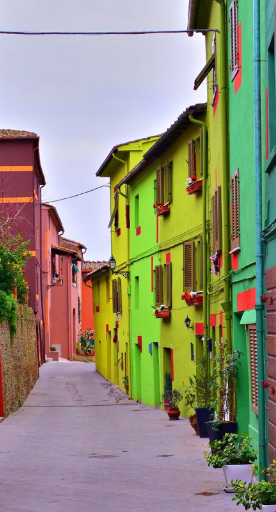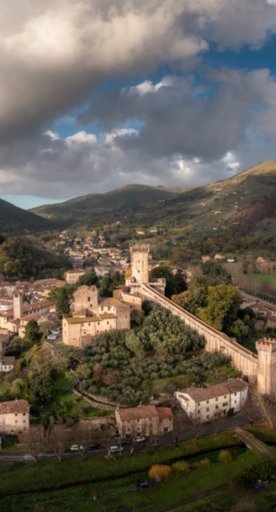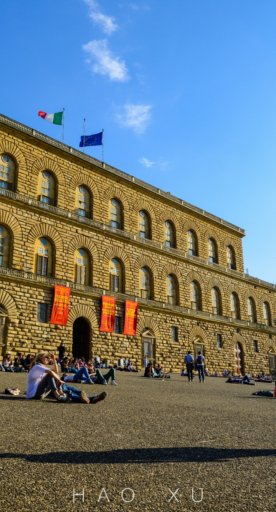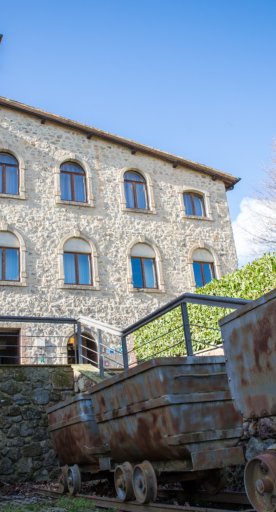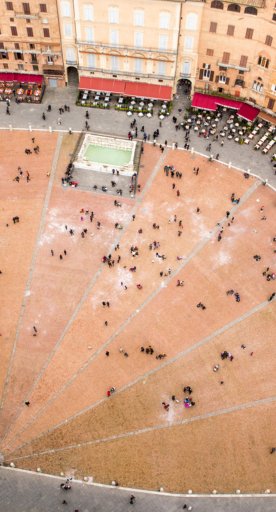Donatello: life, facts, curiosities and art
The founder of Italian Renaissance Sculpture and his work in Tuscany
Donato di Niccolò di Betto Bardi, best known simply as Donatello, is one of the most important Italian sculptors of all time and one of the fathers of the Florentine Renaissance. Let's find out about Donatello life, facts, curiosities and art. Born in Florence in 1389, he invented the rilievo schiacciato technique and created the first known free-standing nude statue produced since ancient times.
-
1.Donatello: life and art
-
2.Where to see Donatello art in Tuscany
-
3.Orsanmichele in Florence
-
4.Opera del Duomo Museum
-
5.Bargello Museum
-
6.Other works in Florentine churches and palaces
-
7.The Cathedral of Santo Stefano in Prato
-
8.The Cathedral of Santa Maria Assunta in Siena
-
9.San Matteo national museum in Pisa
Donatello: life and art

Donatello was born in 1386 (most likely) in Florence. His father, a restless man with a tumultuous life, was a member of the Wool Combers’ Guild. His initial training was as a goldsmith, where he apprenticed with Lorenzo Ghiberti, goldsmith and sculptor.
Donatello’s earliest works were developed in the context of the two most important projects in the city at the time – both the Cathedral and Orsanmichele (a granary turned church) were being decorated with numerous sculptures. These works can be found at the Orsanmichele museum (upstairs), the Bargello Museum, and the Opera del Duomo museum (see below).
By the 1430s and 40s, Donatello was established as the leading sculptor of the day, and carried out important commissions for the Medici family. Such was their appreciation of him that when Donatello died in Florence in 1466, he was buried in the Basilica of San Lorenzo next to Cosimo de' Medici the Elder. Andrea della Robbia was among the coffin-bearers.
Where to see Donatello art in Tuscany
Orsanmichele in Florence

For Orsanmichele, a granary, guild-hall and church, the young Donatello worked commissioned by many of the minor guilds, who were permitted to create sculptures in marble (while major guilds favoured more established artists to make their bronzes). His first work here is the St. George, an absolute masterpiece, with the figure leaning on one leg, almost ready to move at any moment, though still a bit awkward. The elegant St. George frees the Princess or St. George and the Dragon relief on the statue's base is the very first example of the rilievo schiacciato technique - a very low bas-relief that provides the viewer with an illusion of depth - and one of the first examples of central-point perspective in sculpture. Donatello treats this marble as if it were the surface of a canvas.
Also for Orsanmichele he did the St. Mark, about which Vasari tells us that Michelangelo said he had "never seen a figure with such an air of a good man"; and the St. Peter, in collaboration with Brunelleschi. All the statues you can see in Orsamichele external niches are copies. You will find the original sculptures at the Bargello Museum (St. George) and at Orsanmichele museum (St. Mark and St. Peter).
Opera del Duomo Museum

Meanwhile for the Cathedral project, Donatello sculpted the seated St. John the Evangelist, one of the works that marks the transition from an art that idealized the human figure to a more realistic one (look at the hands, the folds of the dress and the legs). He also created an assortment of prophets for the sculptural decoration of the bell-tower between 1415 and 1426. In his later years, he invented the great Cantoria, or singing tribune, at the Duomo in Florence on which he worked intermittently from 1433 to 1440 (there are numerous similarities between this and the work in Prato), inspired by ancient sarcophagi and Byzantine ivory chests. It is now installed in a dedicated room in the museum alongside a “twin” one by Andrea della Robbia. Don’t miss the heart-wrenching wooden Mary Magdalene that once stood inside the Baptistery, reflecting the religiosity that Donatello developed in his final years. All these works can now be seen in the Opera del Duomo Museum.
Bargello Museum

Around 1430, Cosimo de' Medici commissioned from Donatello one of his most famous works: the bronze David for the courtyard of his Palazzo Medici (now at the Bargello Museum). David by Donatello is considered the first major work of Renaissance sculpture and the first known free-standing nude statue produced since ancient times, designed to be seen from all points, regardless of all architectural surroundings. Also in the same room and from the later period of Donatello’s career is the Attis-Amor, a cheeky putto wearing breaches who has long mystified art historians as to his exact iconographic meaning.
Other works in Florentine churches and palaces
At the Museum of the Church of Santa Croce, see the large St. Louis of Toulouse, a gilded bronze statue. He decorated the Old Sacristy of San Lorenzo in Florence, the private funeral chapel of the Medici family, with narrative doors and roundels. At Palazzo Vecchio, see the rather diminuitive yet powerful sculpture of Judith and Holofernes – the copy is outside in piazza della Signoria while the original is preserved indoors.
The Cathedral of Santo Stefano in Prato

When Cosimo de’Medici was exiled from Florence, Donatello went to Rome, staying there until 1433 and returning to Florence almost at the same time as Cosimo. In May 1434, he signed a contract for the marble pulpit on the facade of Prato Cathedral, the last project executed in collaboration with Michelozzo. Here he made the reliefs for the pulpit in marble and mosaic (copies of the bas-reliefs are on the facade of the Cathedral and the original can be seen at the Diocesan museum inside)
The Cathedral of Santa Maria Assunta in Siena

Donatello also created sculptures for Siena’s Duomo - if you’re visiting the Duomo complex there, keep an eye out for the bas-relief and gilded bronze works around the Baptismal font in the San Giovanni Baptistery.
San Matteo national museum in Pisa

If visiting the San Matteo national museum in Pisa, there is a gilded bronze Reliquary of San Rossore by Donatello.













